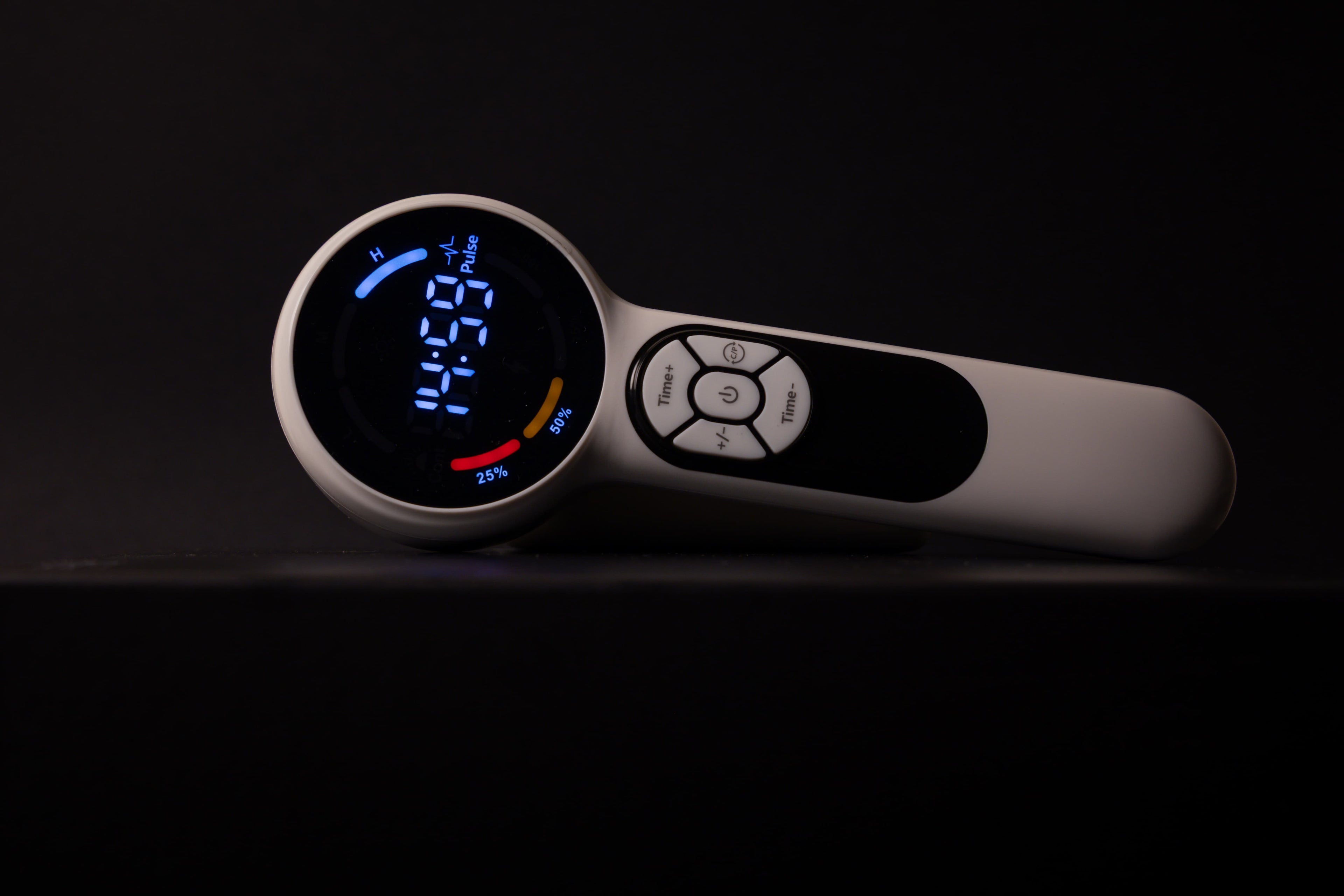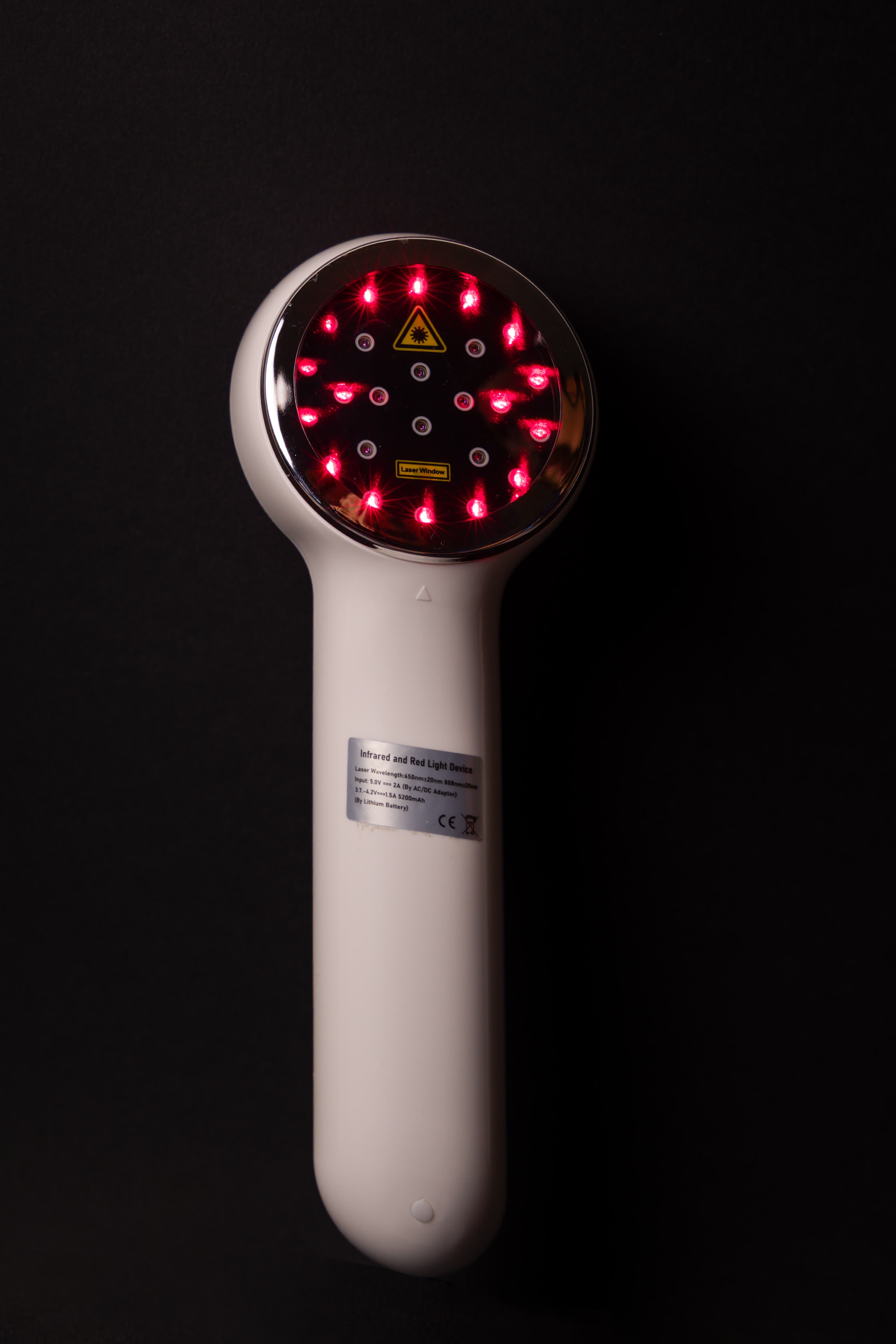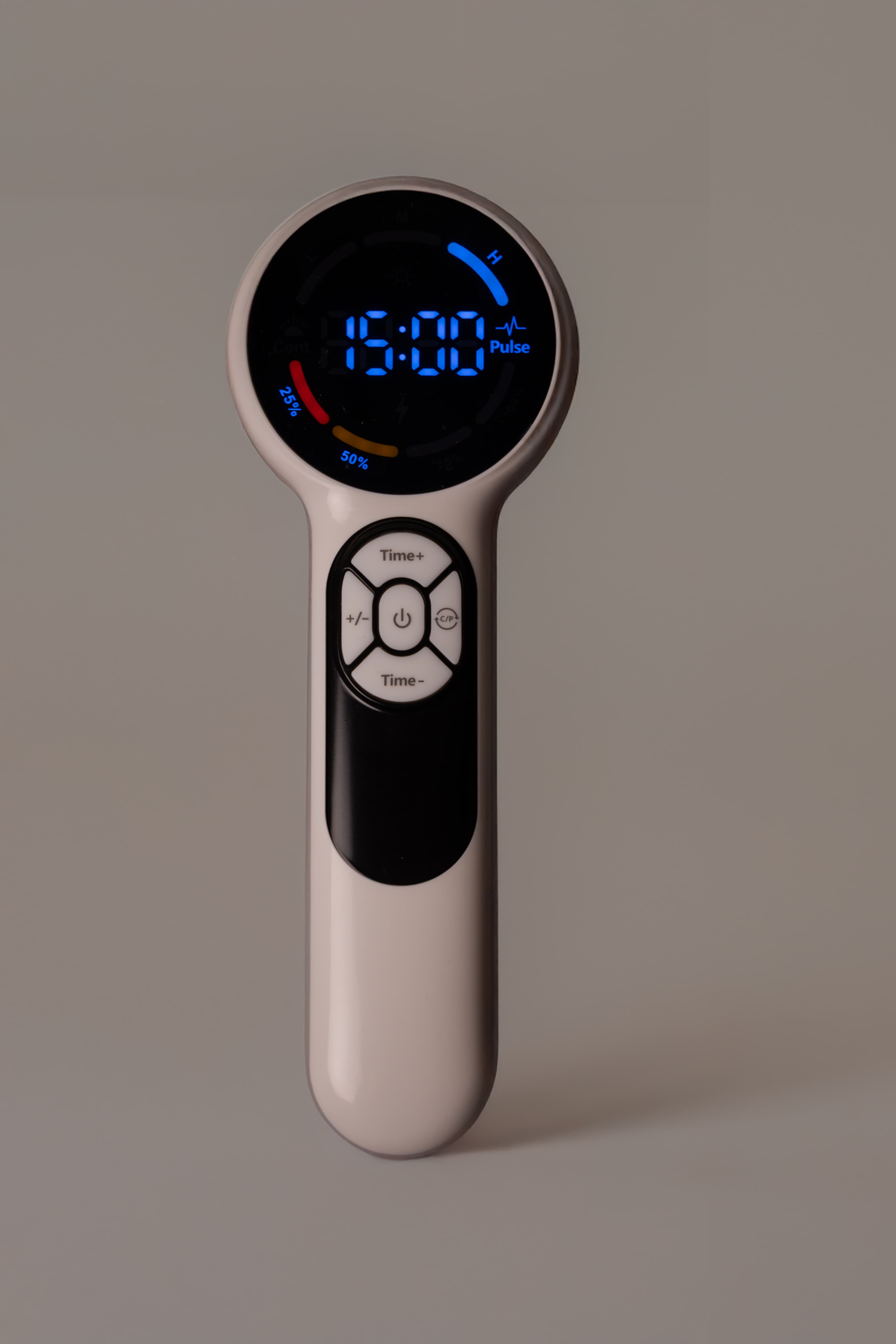
Further information
The construction quality of a laser device is associated, from a technological point of view, with the following characteristics:
- Specific wavelengths that the laser light beam is composed of.
- Characteristic emission (or output) power of the single laser diode.
EOS uses semiconductor laser diodes (GaAs, gallium arsenide)for the delivery of both infrared and red light, at their respective wavelengths808nmAnd650 nm,with the highest level of emission power for a single laser diode (up to250mW, class of membership 3B).
Such wavelengths of light, easilyabsorbable from body fluids(water and blood mainly), are skilled inpenetrate deeply into biological tissues(up to approximately 8.5 cm deep for infrared light) allowing the laser's photon energy to interact beneficially with the inflamed tissues.
Red light with a wavelength of 650 nm, interacting selectively with biological tissues at a shallower level (0.5 cm) than infrared light, is rapidly absorbed by surface chromophores (blood fluid, melanin, skin tissue). The reciprocity (resonance) between red light and the aforementioned chromophores optimizes some of its vital characteristics:
- Improved blood dynamics at the microcirculation level and oxygenation of blood tissue.
- Greater efficiency of the superficial cellular regeneration and repair mechanisms inherent, for example, in the healing process of wound lesions.
- Rapid anti-inflammatory action, localized in the area of interaction between the laser and the skin.
The synergistic combination of the effects of the two specific wavelengths leads to the achievement of the following results: an immediate reduction in pain, attributable to the action of red light (650 nm), and the initiation of the process of restoring homeostasis from a prolonged inflammatory state, thanks to the action of infrared light (808 nm).




